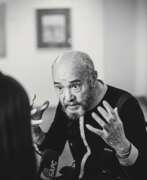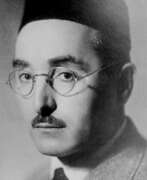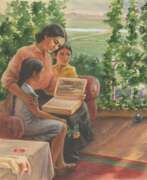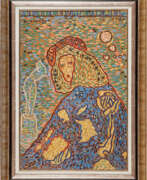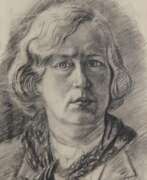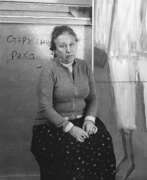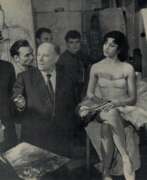Uzbekistan Contemporary art
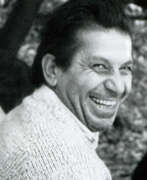

Robert Petrosovich Avakyan (Russian: Роберт Петросович Авакян) was a Soviet and Uzbek artist of the second half of the twentieth and early twenty-first centuries of Armenian origin. He is known as a painter, graphic artist, sculptor and teacher.
Robert Avakyan was trained in painting, but he is most famous as an author of monumental sculptures. He worked actively in Tashkent, participating in numerous exhibitions, including international sculpture competitions. The master also left his mark in such Uzbek cities as Bukhara, Nukus and Yangibazar, where he created significant monumental works.
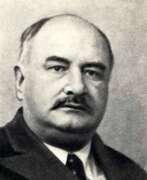

Konstantin Nikolaevich Istomin (Russian: Константин Николаевич Истомин) was a Russian and Soviet artist of the first half of the twentieth century. He is known as an avant-garde painter, teacher, and member of various art societies.
Konstantin Istomin began his career by studying in Munich with the Hungarian painter S. Hollosi, and became acquainted with the art of antiquity and the Renaissance. He then studied art history in Moscow and traveled to Greece and Italy. In his work, the artist combined the traditions of the Peredvizhniki with the European style, standing out with bright plasticity and color. The master was also engaged in theater art, creating scenery and costumes, and wrote theoretical works. He also taught from 1921 until the end of his life.


Yevgeny Pavlovich Melnikov (Russian: Евгений Павлович Мельников) was a Soviet artist of the second half of the twentieth and early twenty-first centuries. He is known as a painter, teacher and poet who had a great influence on the development of the national school of modern painting in Uzbekistan.
Yevgeny Melnikov excelled in portrait painting, still life, landscape and animalistic compositions. His works were characterized by painterly temperament, energy of stroke and non-standard compositional solutions. In his works one can find both traditional elements of still life (fruits, flowers) and unusual objects (organ pipes, fish). The master also introduced into his compositions fragments from the works of his favorite French post-impressionists.
Melnikov's works are in museums and private collections in Russia, France, Germany, Holland, Sweden and many other countries.
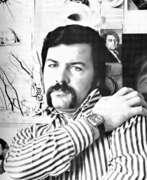

Lev Voldemarovich Nusberg, also Nussberg (Russian: Лев Вольдемарович Нусберг) is a Russian artist, architect and designer. He is considered one of the most important representatives of Russian Kinetic Art.
Nussberg studied architecture at the Moscow Institute of Civil Engineering and later at the Moscow University of Industrial Design. In the 1960s, he began to focus on kinetic artworks, which he described as "machines" that used movement and light to create a dynamic visual experience.
His works have been exhibited in many major museums and galleries around the world, including the Guggenheim Museum in New York, the Centre Georges Pompidou in Paris and the Tretyakov Gallery in Moscow.
Nusberg's work is known for its sophisticated technique and sense of humour. Many of his kinetic machines are interactive, encouraging viewers to interact with them and influence their movements and patterns.
In addition to his work as an artist, Nusberg also has a successful career as an architect and designer. He has been involved in the design of many important buildings in Moscow, including the Hotel Ukraina and the GUM shopping centre.
Overall, Nusberg has made a significant contribution to the Russian art and design scene and is now considered one of the country's most important artists.
